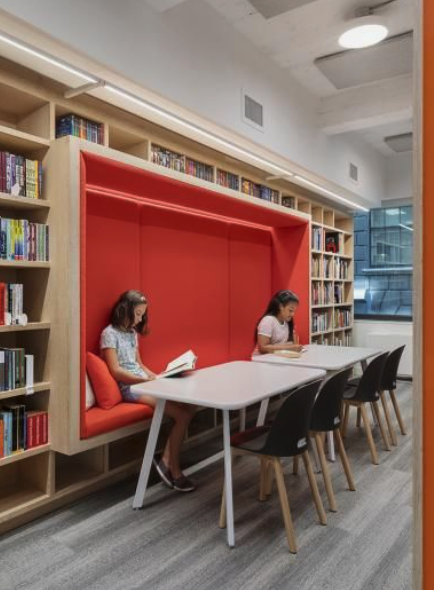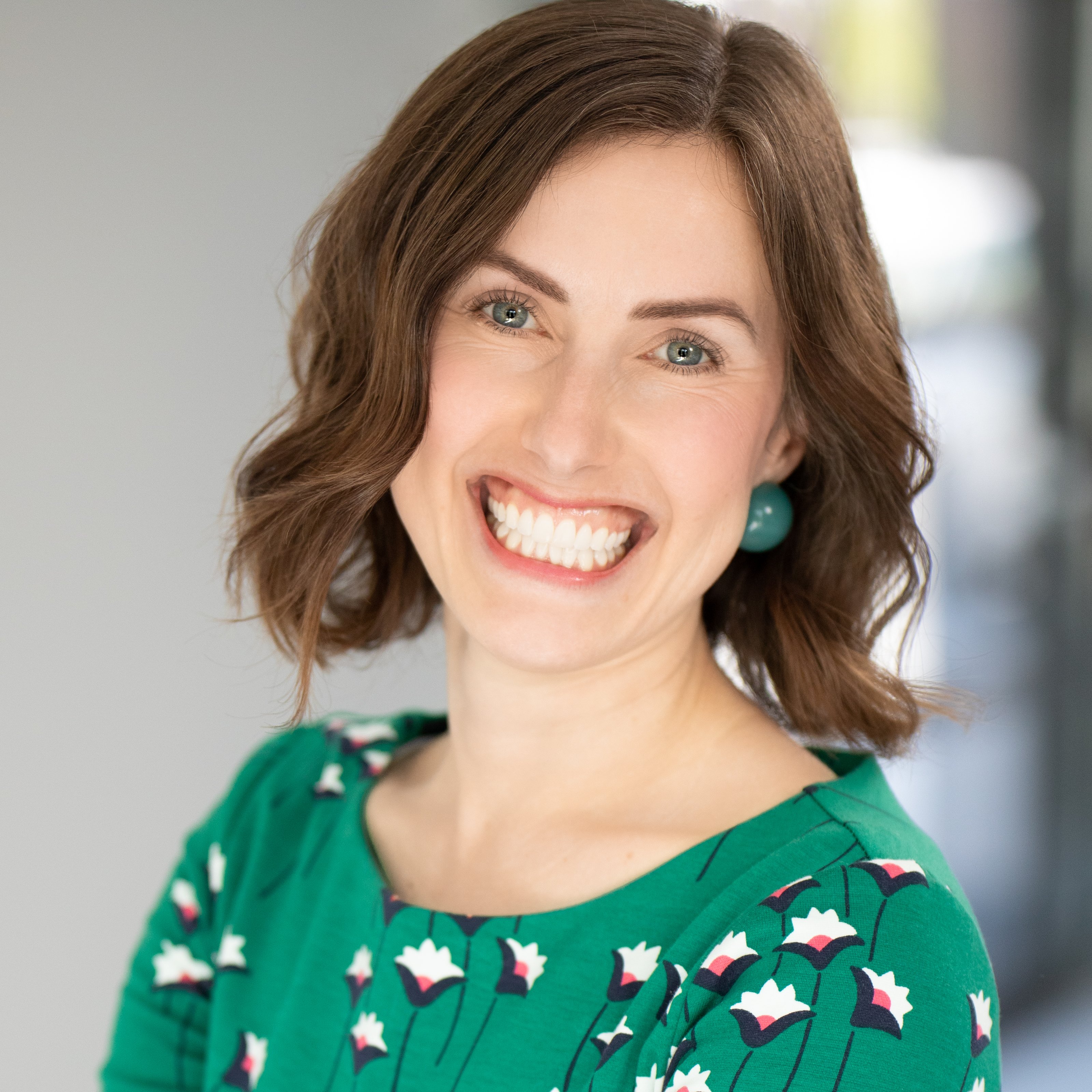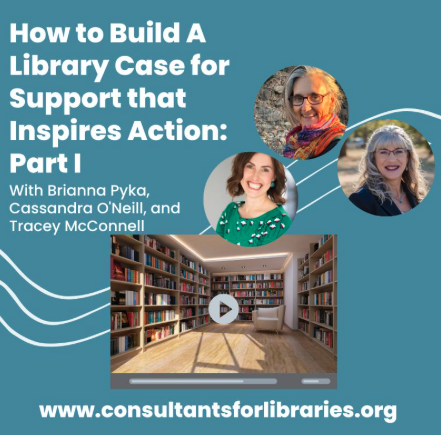The 15-Minute Solicitation: A Practical Guide for Library Fundraisers
- 5 mins
Asking for donations doesn't need to be complicated or intimidating, especially for library teams with limited time and resources. A well-structured 15-minute conversation can be more effective than hours of elaborate presentations. Today, we're breaking down a practical solicitation approach that library staff and volunteers can implement immediately.
The framework outlined below assumes you've already invested time in building a meaningful relationship with your potential donor. Effective solicitation only happens after you've established trust, demonstrated your library's value, and confirmed genuine interest from your prospect. Don't rush to the ask—donors need to know you, trust your organization, and feel personally connected to your mission before they're ready to consider a gift. Use this 15-minute approach only when you've already laid the groundwork through previous conversations, library events, newsletters, or other relationship-building activities.
Why Personalization Matters in Library Fundraising
Let's talk numbers: Personalized fundraising approaches generate six times more revenue than generic methods. When donors feel personally connected to your library's mission, their giving increases by an average of 42%.
This makes perfect sense. Your library serves as a community hub, and donors want to support places where they feel a personal connection. By focusing on these relationships during solicitations, even small library teams can achieve impressive results.
A 15-Minute Framework Any Library Team Can Use
Here's how to structure a focused, effective solicitation meeting that respects everyone's time while maximizing results:
Minutes 1-3: Build Authentic Connection
Begin with genuine interest in your prospect. The most successful library fundraisers spend 20% of their meeting time establishing rapport before discussing donations. This isn't small talk—it's foundation building.
Example approach: "Thank you for meeting with me today, Sarah. I've been looking forward to our conversation. Before we discuss the library's new children's reading area, how did your daughter's graduation ceremony go last weekend?"
Follow this with a personal connection point: "Your commitment to early childhood education is something I've always appreciated about you. That's exactly why I thought of you for our new initiative."
Minutes 4-5: Share Your Personal Why
Donors respond to authenticity. When library staff and volunteers share their personal connection to the cause, donation likelihood increases by 35%.
Share your own commitment first: "I volunteer at the library because I believe strongly in what we accomplish. My family has used the library's resources for years, and I've seen firsthand how it changes lives. Before asking for your support, I want to make sure you understand why this matters so much."
Minutes 6-8: Present Your Case Clearly
Now introduce your library project with specific details:
"Our campaign aims to create a dedicated teen space in the library. Currently, teens have nowhere to study collaboratively or access specialized resources. This space would include study pods, technology access, and relevant materials that support their academic growth.
We've secured partial funding from a local grant, but we need community support to complete the project and ensure its ongoing sustainability."
Minutes 9-11: Share Impact Through Data
Nothing persuades like concrete results. Organizations that effectively communicate impact data see 76% higher donor retention rates.
Key statistics library teams can highlight:
- "Teens who regularly visit libraries score 31% higher on standardized tests."
- "Each dollar invested in library services returns $5-9 in community benefits."
- "Libraries with dedicated teen spaces see 47% higher youth engagement."
- "Our library serves over 300 teens weekly, but currently has no dedicated space for them."
- "After-school library programs reduce unsupervised time by 40%, decreasing risk behaviors."
- "68% of local teens report having nowhere to study collaboratively outside school hours."
Minute 12: Make a Clear, Direct Ask
The most common fundraising mistake for library teams? Not actually asking for a specific amount. Requests with suggested giving ranges result in 23% higher average donations.
"Sarah, for this teen space to become reality, we need support from community members like you who understand the importance of educational resources. Would you consider supporting this effort with a gift of $500 to $1,000?"
Then stop talking and wait patiently for their response.
Minutes 13-14: Respond Appropriately
Be prepared for three possible responses:
If yes: "That's wonderful! Your gift will help provide study spaces for approximately 30 teens each day. I have a simple pledge form here—would you mind if we complete it together?"
If they need time: "I understand completely. Would it help if I answered any questions about the project or the impact of your potential gift?"
If no: "I appreciate your consideration. Would you share what aspects didn't resonate with you? Or would a different amount feel more appropriate for your situation?"
Minute 15: Close With Gratitude and Next Steps
End every meeting—regardless of outcome—with appreciation and clarity:
"Thank you for your time today, Sarah. Your [confirmed gift/consideration] helps build a library that meets the needs of everyone in our community. I'll follow up with [specific next action] by next Friday."
Then ask: "Do you know anyone else who might be interested in supporting our library's teen services?"
Why This Approach Works for Libraries
This 15-minute framework succeeds because it balances efficiency with personalization—perfect for busy library teams. Libraries using structured solicitation approaches report 47% higher success rates than those using improvised conversations.
Library staff often worry that asking for money feels uncomfortable or unnatural. The reality? A clear structure actually reduces anxiety because you know exactly what to say and when. This approach gives even first-time fundraisers a roadmap to follow.
Tailoring This Approach to Your Library
The beauty of this framework is its flexibility. Whether you're fundraising for children's programming, technology upgrades, collection development, or facility improvements, the structure remains the same while the content adapts to your specific needs.
Small libraries with limited staff can divide responsibilities: perhaps your library director handles the relationship building while a board member makes the ask. Larger systems might train multiple team members to use this approach with different donor segments.
Ready to transform your library's fundraising approach? Our 16-Week Fundraising Foundations Program includes customizable solicitation frameworks like this one, with practical templates you can adapt for your unique community and donors.
Remember: Effective fundraising isn't about having a large development team—it's about authentic connection, clear communication, and the confidence to ask directly for what your library needs to serve your community for generations to come.
Fundraising for Libraries is a woman-owned consulting company specializing in empowering libraries to achieve sustainable philanthropic support. Our approaches have successfully raised over $7 million for libraries across the country.




